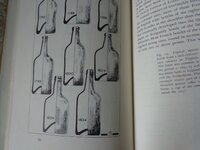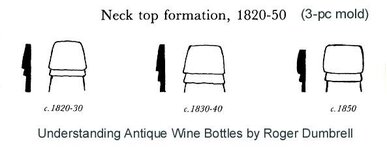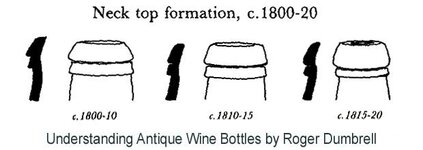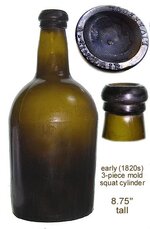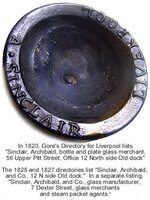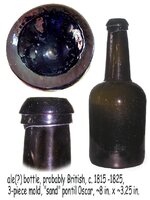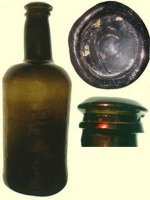Goldenplug
Hero Member
- Jul 30, 2014
- 777
- 1,078
- Detector(s) used
- Garrett ace 250 8.5 x 11 dd coil, teknetics t2, sniper coil, dd coild, lesche digger, gator tool, garrett propointer.
- Primary Interest:
- All Treasure Hunting
Hi fellow diggers and collectors... please help me with a date on this bottle. To me it looks old. Any way to get close on the date based on the lip or other features?
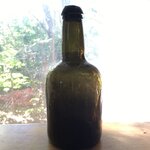 It has an applied lip... it's a 3 pc mold with an additional seam at the base of the neck. The bottom shows significant wear.
It has an applied lip... it's a 3 pc mold with an additional seam at the base of the neck. The bottom shows significant wear.
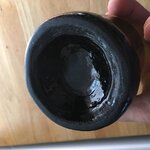 .
.
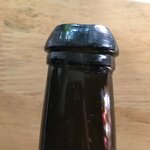 . Thanks in advance. I should post something else while I'm here...
. Thanks in advance. I should post something else while I'm here...
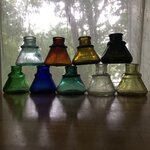
 It has an applied lip... it's a 3 pc mold with an additional seam at the base of the neck. The bottom shows significant wear.
It has an applied lip... it's a 3 pc mold with an additional seam at the base of the neck. The bottom shows significant wear.
 .
.
 . Thanks in advance. I should post something else while I'm here...
. Thanks in advance. I should post something else while I'm here...



